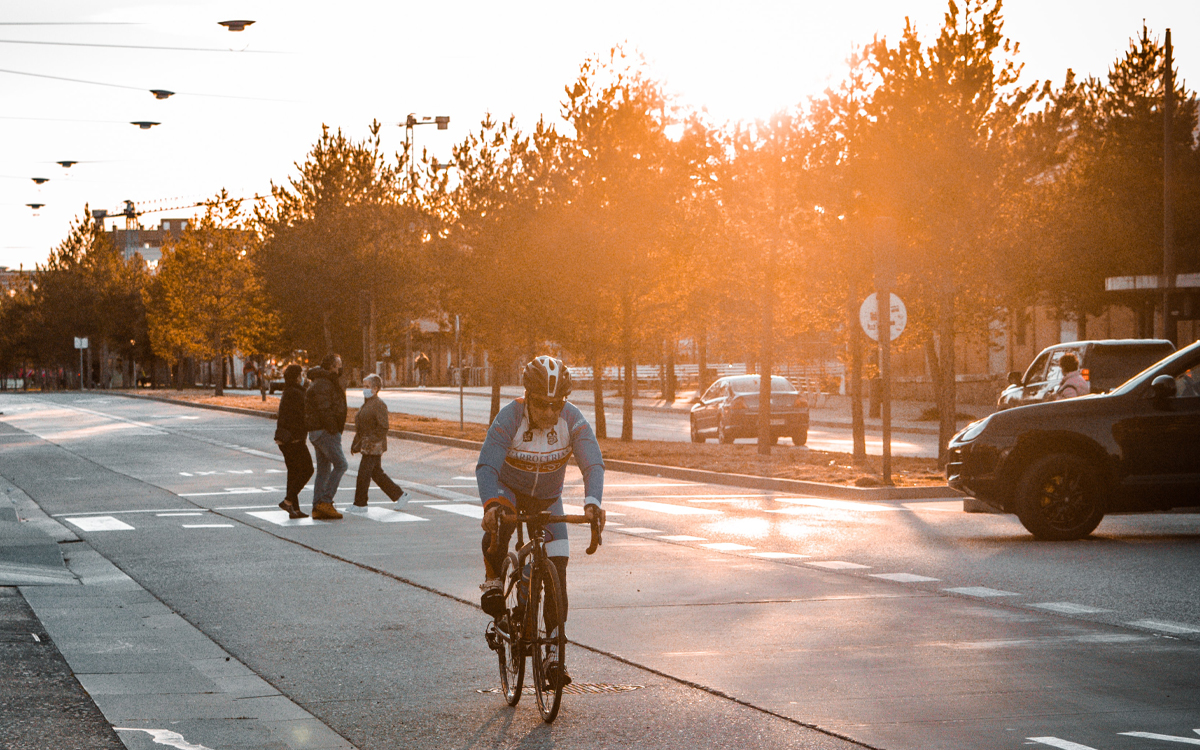The Ins and Outs of medical bills for motor vehicle injuries (including pedestrians and bicyclists)
First Printed in the Bend Health Guide.
So, you’ve been in an auto accident or maybe as a pedestrian or cyclist, you were hit by a car. You’re handling injuries and now you have to navigate a process to deal with three separate insurance companies: your auto insurance, their auto insurance, and health insurance. Here are some tips to help navigate the process of dealing with motor vehicle accident bills efficiently, so you can focus on what is most important – your health and getting back on your feet. For those who were a pedestrian or cyclist, you can skip to Tip #3.
Medical bills after a Car Crash
There’s a priority to the order of who pays an injured party’s medical bills. Every insurance policy issued in Oregon, by law, has Personal Injury Protection (known as “PIP”) that provides at a minimum $15,000 for medical services for each individual who is injured in the crash for medical services provided within the first two years of the crash (see ORS 742.524(1)(a)). Regardless of who is at fault, an injured person is first covered by the insurance company of the vehicle the person was riding in. After that, health insurance is generally next in line to pay (with some exceptions below).
Tip #1: Get a PIP Claim Number
Report the crash to the insurance company of the vehicle you were in and get a PIP claim number. You’ll give this claim number to your medical providers so they can bill the auto-insurance directly. Try to do this as soon as possible, so there is no mistake in billing health insurance.
Tip #2: You are Entitled to PIP Coverage
If you were in someone else’s vehicle (not your own vehicle) you are first covered by the insurance company for the vehicle you were in. However, if you use up that first PIP, you can then access a second PIP through your own auto insurance before using health insurance. This will not only save you on co-pays, but it also can make for a smoother process should you need to file a claim against the at-fault driver.
Tip #3: PIP Coverage for Pedestrians and Bicyclists
If you were a pedestrian or bicyclist hit by a car, you are entitled to PIP coverage through your own auto insurance even though your vehicle was not involved. Report the crash to your insurance and obtain a claim number to give to medical providers. If you don’t have auto insurance, your health insurance is primary. If you do not have auto or health, you can get PIP through the auto insurance of the person who hit you.
Tip #4: Get the Medical Treatment you Need
If this was someone else’s fault, don’t worry about your insurance getting reimbursed by the at-fault driver’s insurance. Insurance companies do this all the time and have their own process for getting reimbursed. Note that PIP was designed so that injured parties can immediately get the medical treatment they need – without waiting on a determination of whose fault it was.
Tip #5: What happens when PIP runs out?
If you use up your PIP, ask the insurance company to send you a copy of what’s called an “exhaust letter” indicating that you’ve used up the coverage. Provide that letter to your providers and your health insurance, so that going forward, your providers know to bill health insurance and health insurance knows to pay.
Tip #6: Keeping Track of Bills
As a covered party, you can always ask your PIP carrier to provide you with a ledger – this will help you keep track of your bills and know how much you have left (allow for a lag between treatment, billing, and recording of that billing).
Tip #7: When to Consult a Personal Injury Attorney
If PIP wants to send you to an Independent Medical Examination, this generally means they want an “independent doctor” (aka, hired by them) to see if you need to continue to treat. You should consult an attorney to discuss your options. Ignoring their request entirely will eventually give them the opportunity to deny payment on additional treatment. As a side note, it is never too early to consult with a personal injury attorney (which is free). See our article: When should you call a personal injury attorney?
Tip #8: Can I get more than $15,000 in PIP Coverage?
Yes, but it has to be done before a crash to take effect. As a general rule, we recommend increasing your own PIP coverage prior to when you need it. In a catastrophic crash, $15,000 may not even cover the first day of bills. Most insurance companies provide policies that offer $100,000. While you do that, also consider upping your uninsured/underinsured motorist coverage. That provides increased protection in the event you are hit by someone who has no insurance or carries the state minimum of $25,000. Maxing out on PIP and UIM can make a huge difference if it turns out that you need the coverage.
Wage Loss after a Car Crash
Under Oregon law, PIP coverage also includes a wage loss provision (see ORS 742.524(1)(b)). If you miss two weeks of work consecutively, you can be eligible to receive 70 percent of your pay up to a maximum of $3,000 per month. This coverage is available for a period of 52 weeks.
Tip #9:
If your medical provider tells you that you should not return to work, ask the provider for an off-work slip. Your PIP coverage will want to see that (along with a paystub) to issue payment.
Final Tip: Consultations with a Personal Injury Attorney are Free
Don’t be afraid to contact an attorney with questions. Most personal injuries attorneys will (and should) provide a consult free of charge. If you have any questions about this process – even if you don’t want to hire an attorney, but just want some questions answered – please feel free to give us a call. (541) 306-6553








